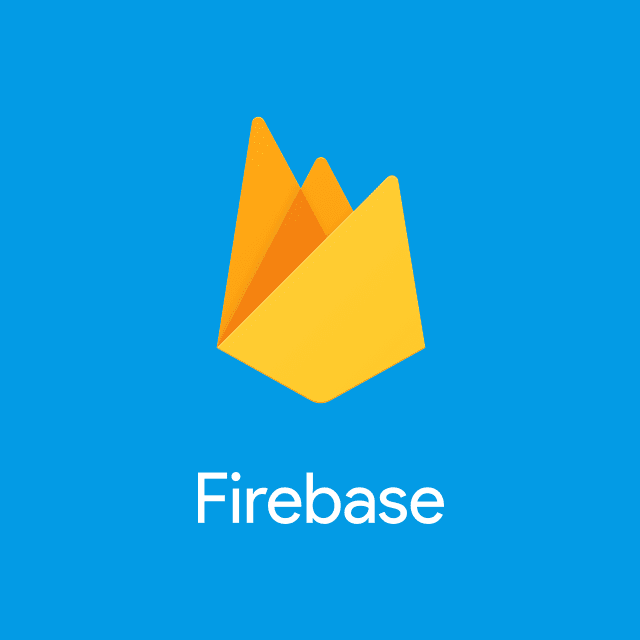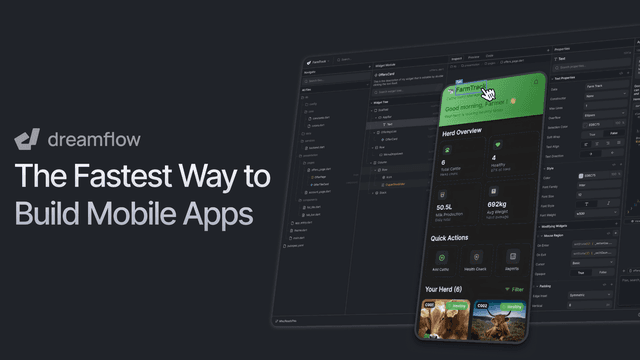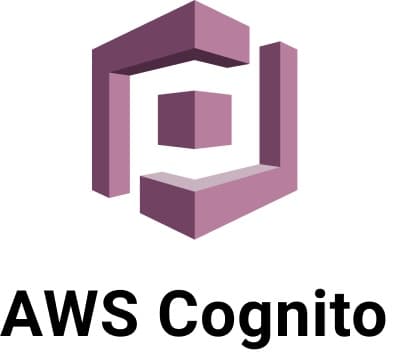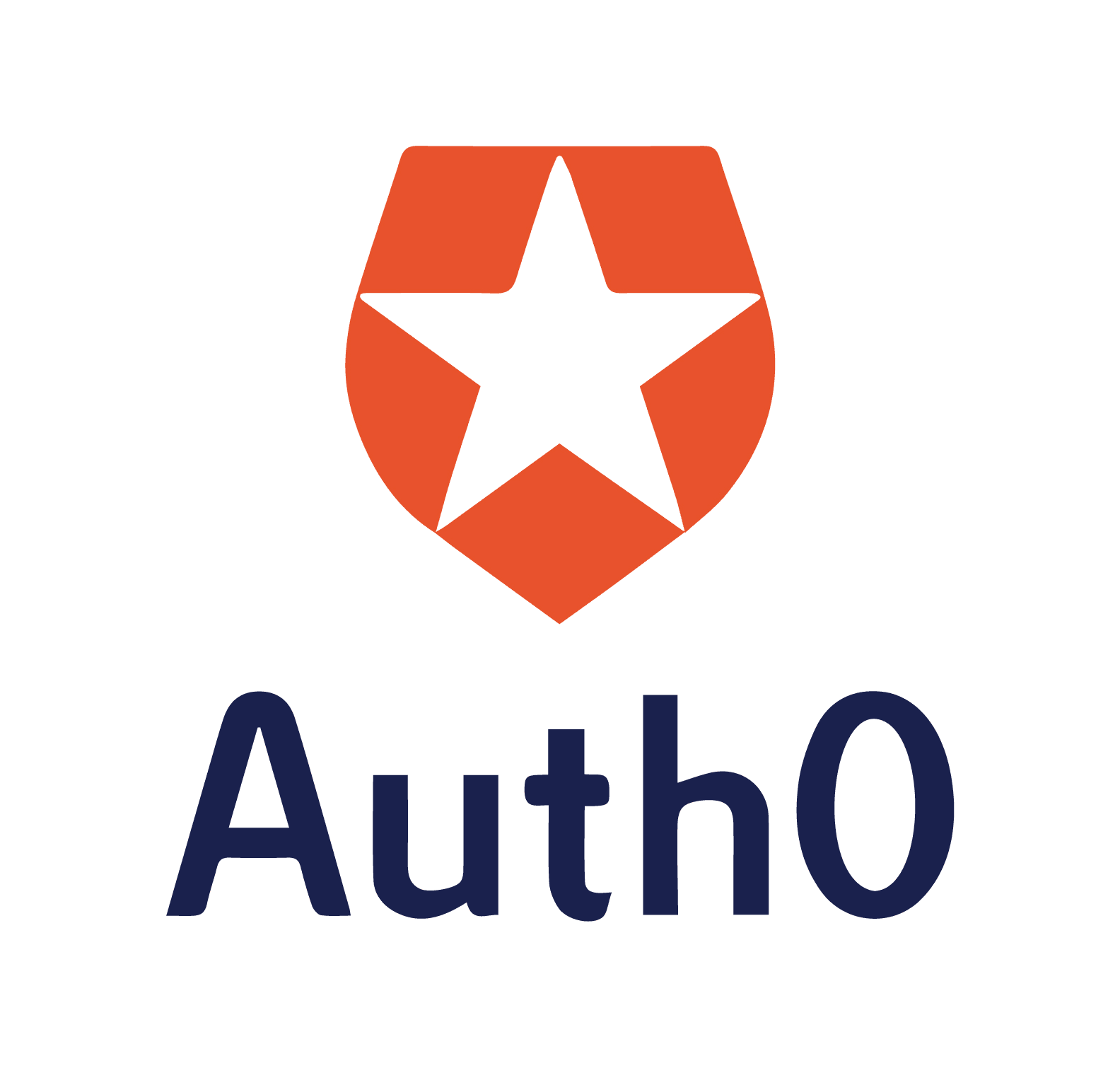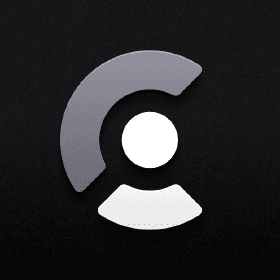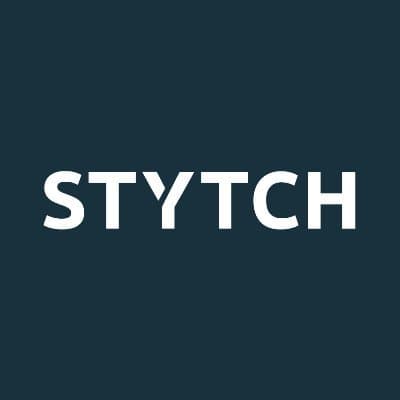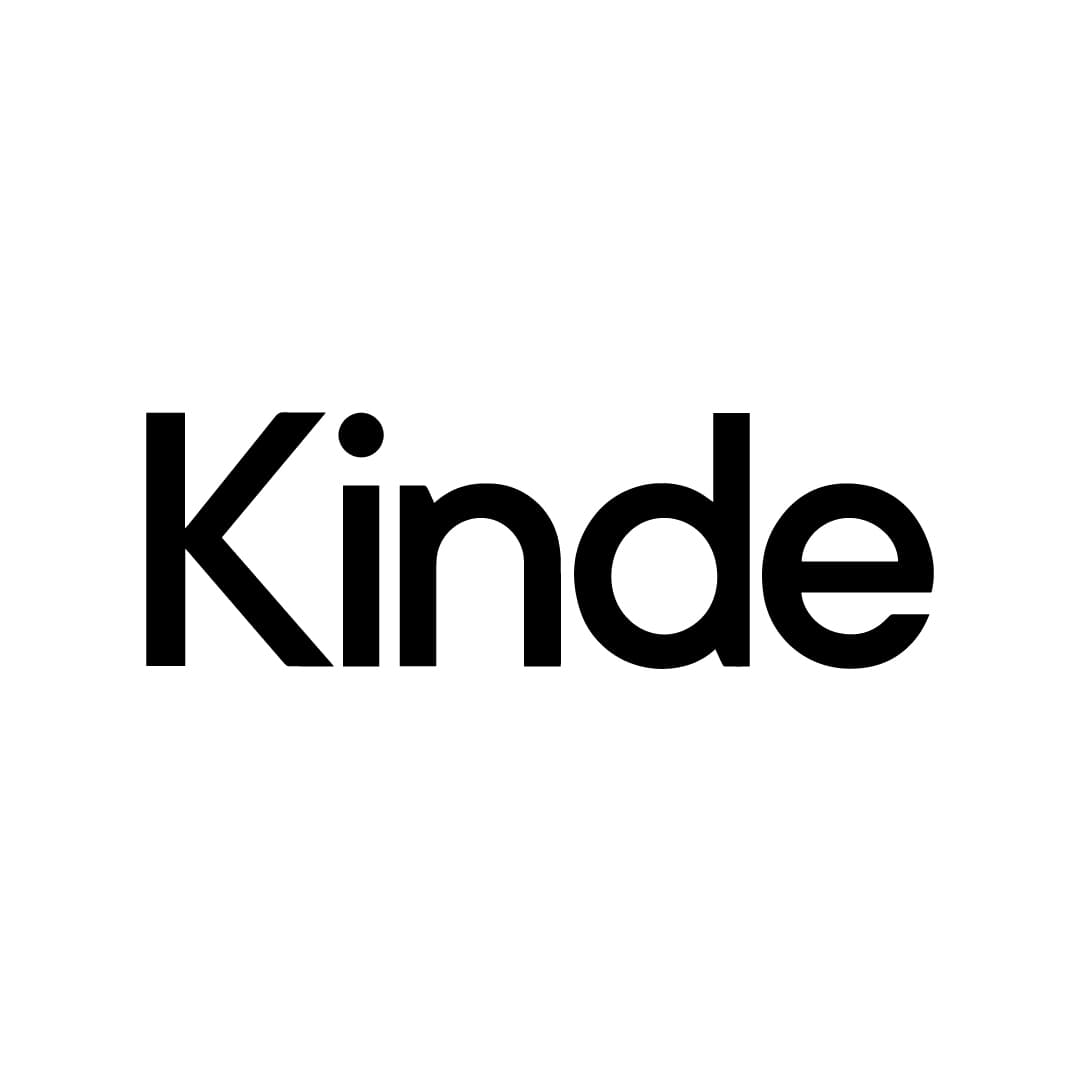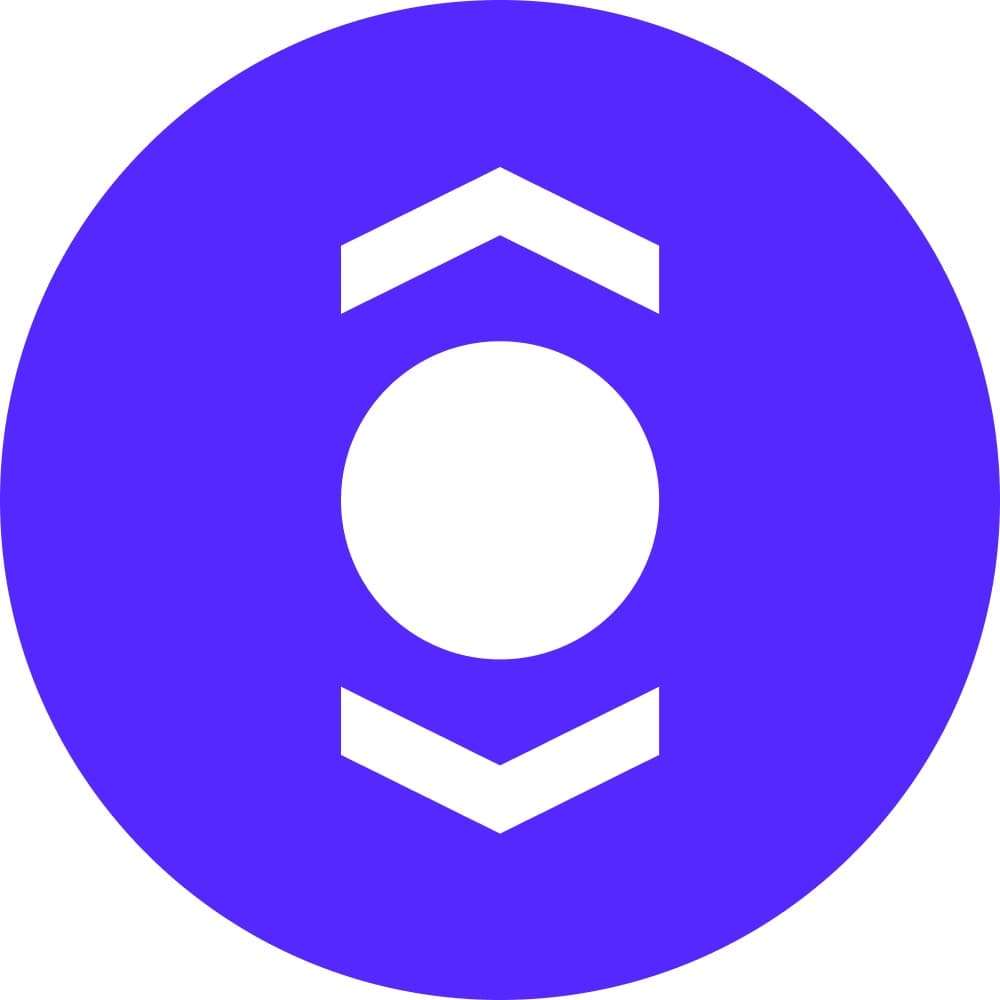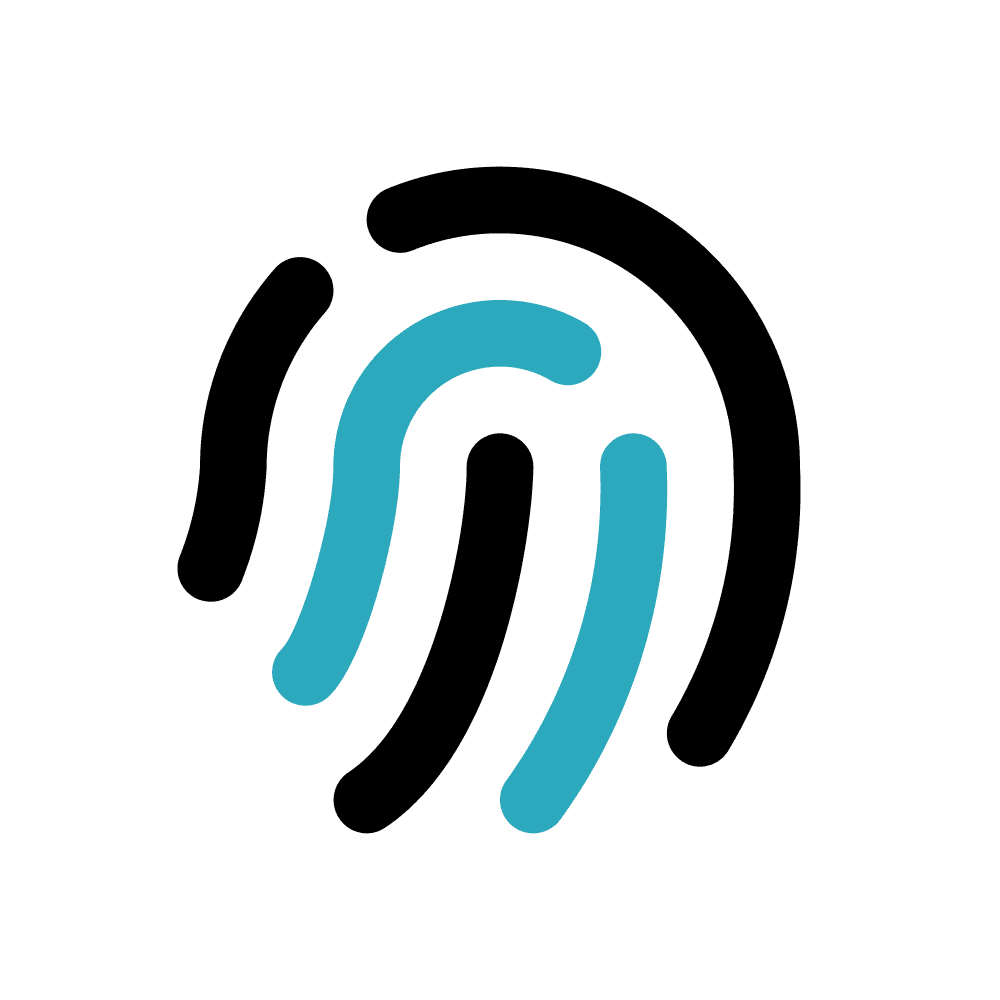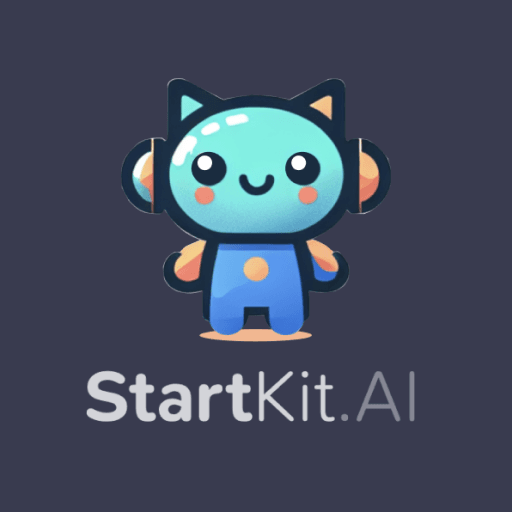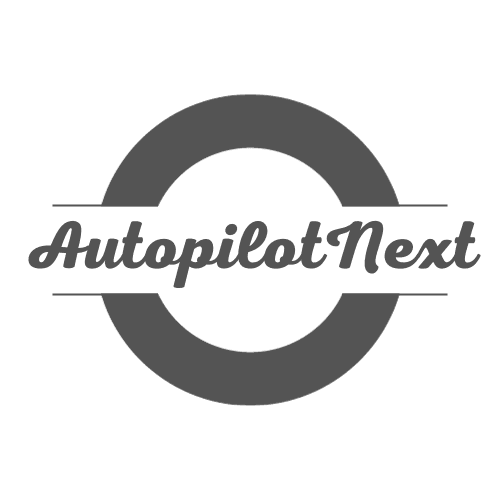Firebase vs. Dreamflow
Firebase
Google's Firebase is an entire app development platform that's packed with features.It comes with storage, cloud functions, monitoring and, of course, user authentication. The free tier comes with 50,000 MAUs. Beyond that pricing start at $0.0055/MAU and goes down to as low as $0.0025/MAU as you scale to millions of users. Firebase authentication supports email and password auth, phone auth, magic links, two-factor authentication and social identity providers - mainly Google, Google Play Games, Facebook, Apple, Microsoft, Twitter, GitHub and OAuth access tokens.
Dreamflow
Dreamflow helps you build mobile apps the way you want to build. Start by prompting features with AI, refine the experience in a powerful visual editor, or dive into full Flutter code when you need complete control. Unlike tools that lock you into prototypes or no-code abstractions, Dreamflow keeps all three surfaces, prompt, visual, and code, in sync. That means you get the speed of AI, the flexibility of drag-and-drop design, and the confidence of owning production-ready Flutter code you can scale and publish on the app store.
Reviews
Reviews
| Item | Votes | Upvote |
|---|---|---|
| Easy to use | 1 | |
| Low price per monthly active user | 1 | |
| Generous free tier | 1 | |
| Easy SMS authentication | 1 |
| Item | Votes | Upvote |
|---|---|---|
| No cons yet, would you like to add one? | ||
| Item | Votes | Upvote |
|---|---|---|
| No pros yet, would you like to add one? | ||
| Item | Votes | Upvote |
|---|---|---|
| No cons yet, would you like to add one? | ||
Frequently Asked Questions
Firebase is a comprehensive app development platform that offers features like user authentication, storage, and cloud functions, making it suitable for developers looking for an all-in-one solution. It has a generous free tier and is easy to use, especially for authentication purposes. In contrast, Dreamflow provides a more flexible approach by allowing users to start with AI prompts, use a visual editor, or dive into Flutter code for complete control. If you prioritize a robust backend and user authentication, Firebase may be the better choice. However, if you want flexibility in design and coding, Dreamflow could be more appealing.
Firebase excels in user authentication, supporting various methods such as email and password, phone authentication, magic links, two-factor authentication, and social identity providers like Google and Facebook. Dreamflow, on the other hand, does not specifically highlight user authentication features in its offerings. Therefore, for developers focused on robust user authentication, Firebase is the clear winner.
Firebase offers a low price per monthly active user, starting at $0.0055/MAU and decreasing to $0.0025/MAU as you scale, along with a generous free tier for up to 50,000 MAUs. Dreamflow does not provide specific pricing information, making it difficult to compare cost-effectiveness directly. For developers concerned about scaling costs, Firebase appears to be the more transparent and potentially cost-effective option.
Firebase is Google's app development platform that offers a comprehensive suite of features, including storage, cloud functions, monitoring, and user authentication. It supports multiple authentication methods such as email and password, phone authentication, magic links, two-factor authentication, and social identity providers like Google, Facebook, Apple, Microsoft, Twitter, GitHub, and OAuth access tokens.
Pros of Firebase include its ease of use, low price per monthly active user, a generous free tier, and easy SMS authentication. Currently, there are no user-generated cons for Firebase.
The free tier for Firebase includes 50,000 monthly active users (MAUs). Beyond that, pricing starts at $0.0055 per MAU and can go as low as $0.0025 per MAU as you scale to millions of users.
Firebase supports multiple authentication methods, including email and password, phone authentication, magic links, two-factor authentication, and social identity providers such as Google, Google Play Games, Facebook, Apple, Microsoft, Twitter, GitHub, and OAuth access tokens.
Dreamflow is a mobile app development tool that allows users to build apps according to their preferences. It combines AI-driven feature prompting, a powerful visual editor for drag-and-drop design, and the option to dive into full Flutter code for complete control. This unique approach ensures that users can work quickly while maintaining flexibility and ownership of production-ready code.
Dreamflow offers several key features, including AI-driven prompts for app features, a visual editor for easy drag-and-drop design, and the ability to access full Flutter code for those who want more control. This combination allows users to create apps efficiently while ensuring that they can scale and publish their apps on the app store.
Currently, there are no user-generated pros and cons available for Dreamflow. However, potential pros may include its flexibility in app development and the ability to work with both AI and code. On the other hand, potential cons could include a learning curve for users unfamiliar with Flutter or coding.
Dreamflow stands out from other app development tools by offering a seamless integration of AI, visual design, and coding. Unlike many no-code platforms that may lock users into specific prototypes or abstractions, Dreamflow allows for a more dynamic development process where all three surfaces—prompt, visual, and code—are kept in sync.
